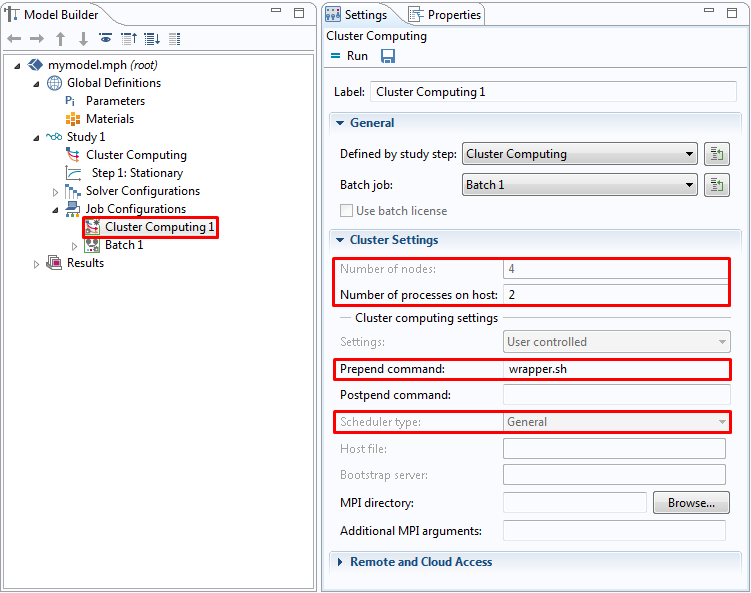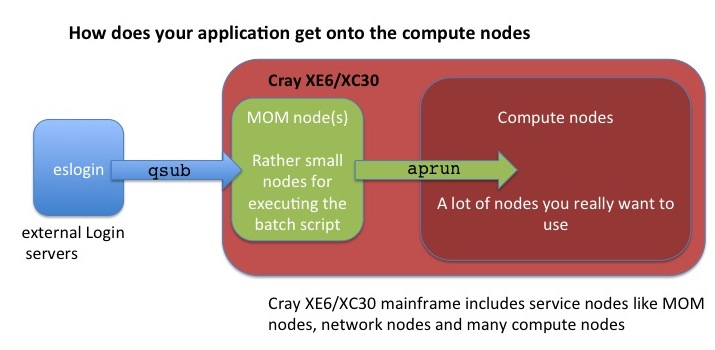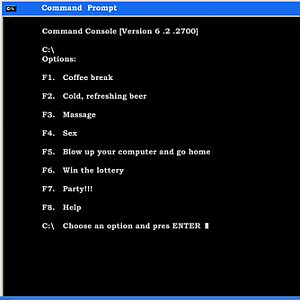

Note that it displays your bank allocation and usage information also. To see which banks (accounts) are available to you on this cluster, simply issue the mshare command.

#TORQUE BATCH SCRIPT EXAMPLE SOFTWARE#
It is better for multiple-task jobs to use srun command instead of mpirun to launch a software application. By default, SLURM will use 1 core per task if -cpus-per-task (or -c) is not specified. (It is similar to number of nodes ( nodes=) used in #PBS job script.)Įach task could also use more than 1 core in shared memory (controlled by -cpus-per-task similar to ppn= in #PBS job script) and each node could run more than 1 task (controlled by -tasks-per-node).

It has the same meaning as the number of processes ( -np) used in mpirun application.

In the SLURM job options, the number of tasks ( -ntasks) is used for jobs running multiple tasks with distributed memory. For more choice of job specifications, please refer to the List of Job Specifications. If a specification used on command line conflicts with #SBATCH line in the job script, the job scheduler will use the specification on command line instead of #SBATCH line. After running the program, it outputs the job information and quits.īy default, SLURM will try to use the settings: -nodes=1, -tasks-per-node=1, -cpus-per-task=1, -time=00:01:00 and -mem-per-cpu=750 for each job if any of them can not be acquired from the job specifications.
#TORQUE BATCH SCRIPT EXAMPLE CODE#
Then, change the directory to the path of the code and run the specified executable in 5 parallel tasks. After this job starts, it first loads two modules: GCC/6.4.0-2.28 and the default version of OpenMPI. The job script myjob.sb requests 10 minutes walltime, at least 1 at most 5 different nodes, total 5 parallel tasks (processes) in distributed memory, 2 cores per task for parallel threads in shared memory and 2 GB memory per core (total 2 GB * 5 tasks * 2 cpus-per-task = 20 GB) with job name "Name_of_Job". Js -j $SLURM_JOB_ID # write resource usage to SLURM output file (powertools command). Scontrol show job $SLURM_JOB_ID # write job information to SLURM output file. Module load GCC/6.4.0-2.28 OpenMPI # load necessary modules.Ĭd # change to the directory where your code is located. #SBATCH -job-name Name_of_Job # you can give your job a name for easier identification (same as -J) #SBATCH -mem-per-cpu=2G # memory required per allocated CPU (or core) - amount of memory (in bytes) #SBATCH -cpus-per-task=2 # number of CPUs (or cores) per task (same as -c) #SBATCH -ntasks=5 # number of tasks - how many tasks (nodes) that you require (same as -n) #SBATCH -nodes=1-5 # number of different nodes - could be an exact number or a range of nodes (same as -N) #SBATCH -time=00:10:00 # limit of wall clock time - how long the job will run (same as -t)


 0 kommentar(er)
0 kommentar(er)
